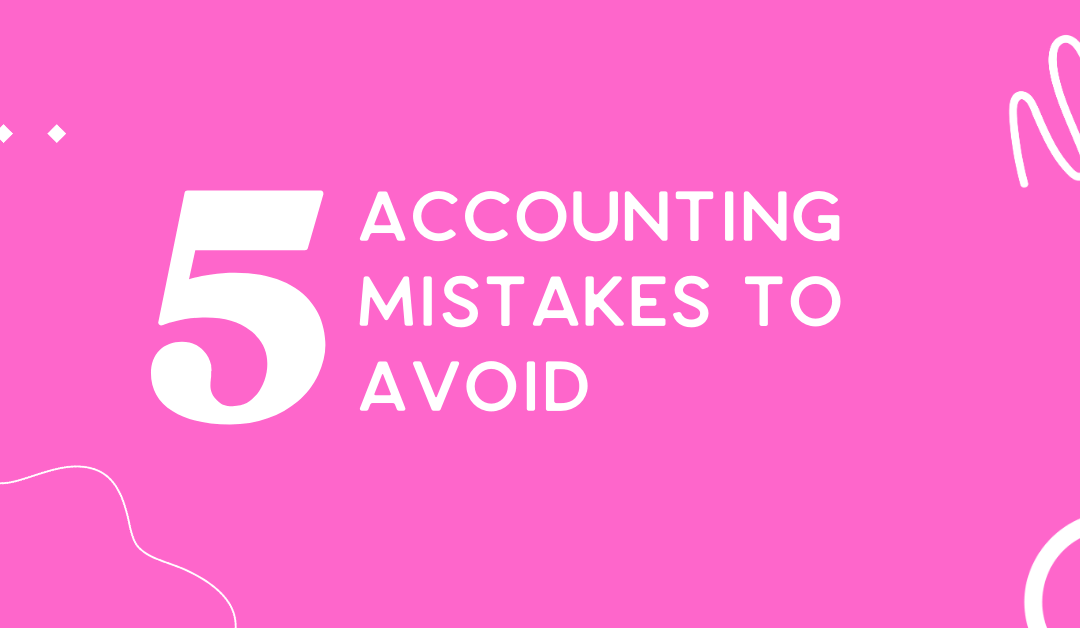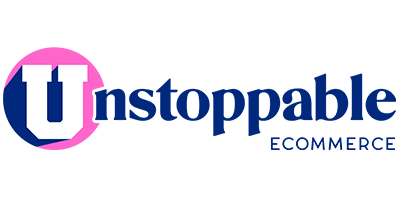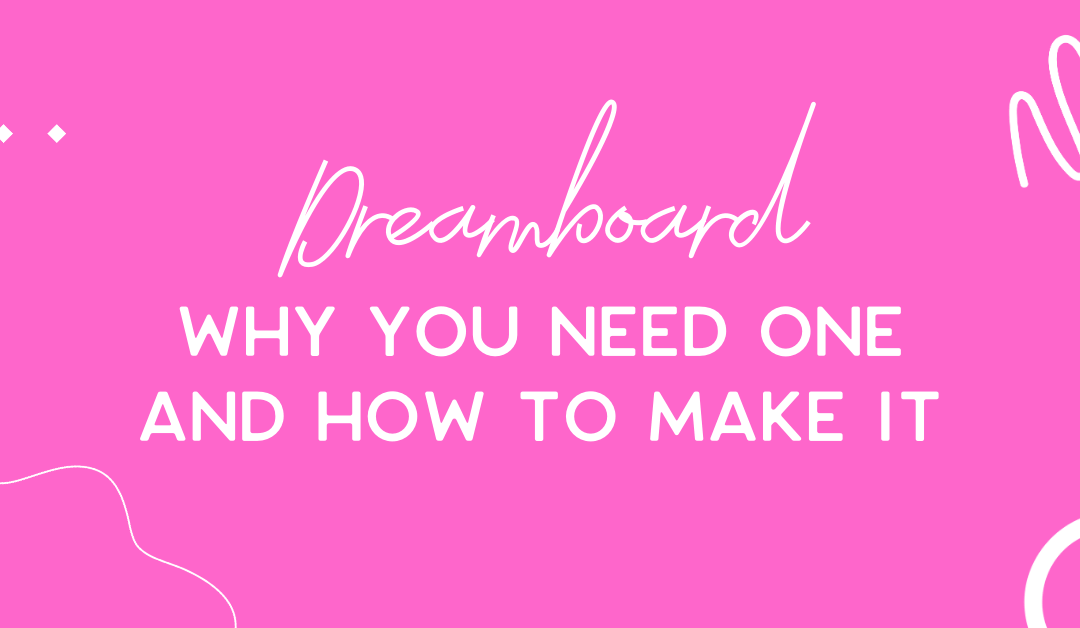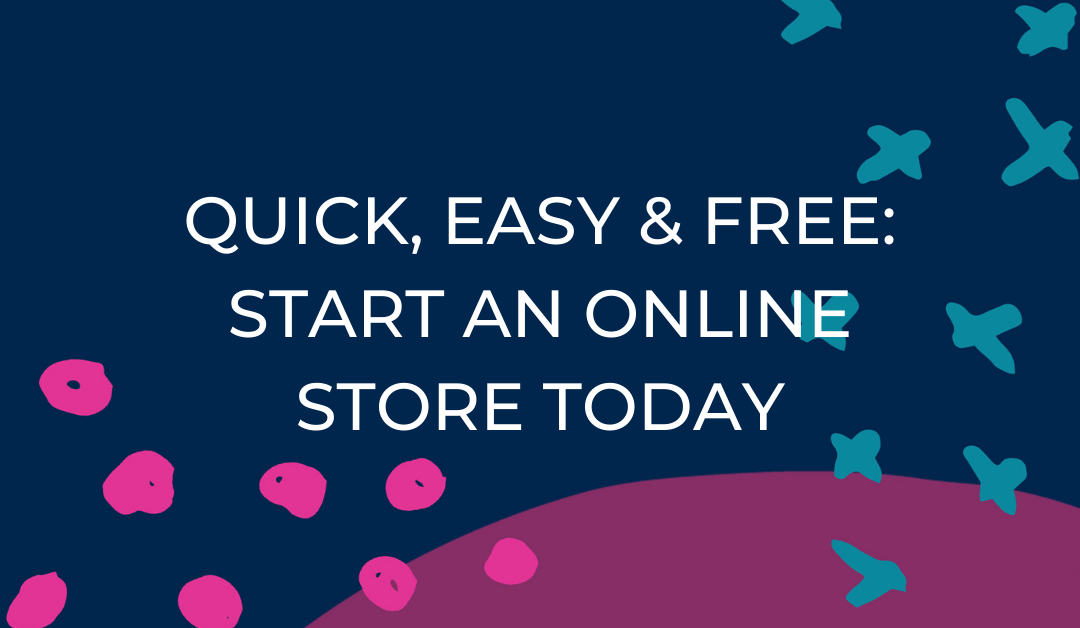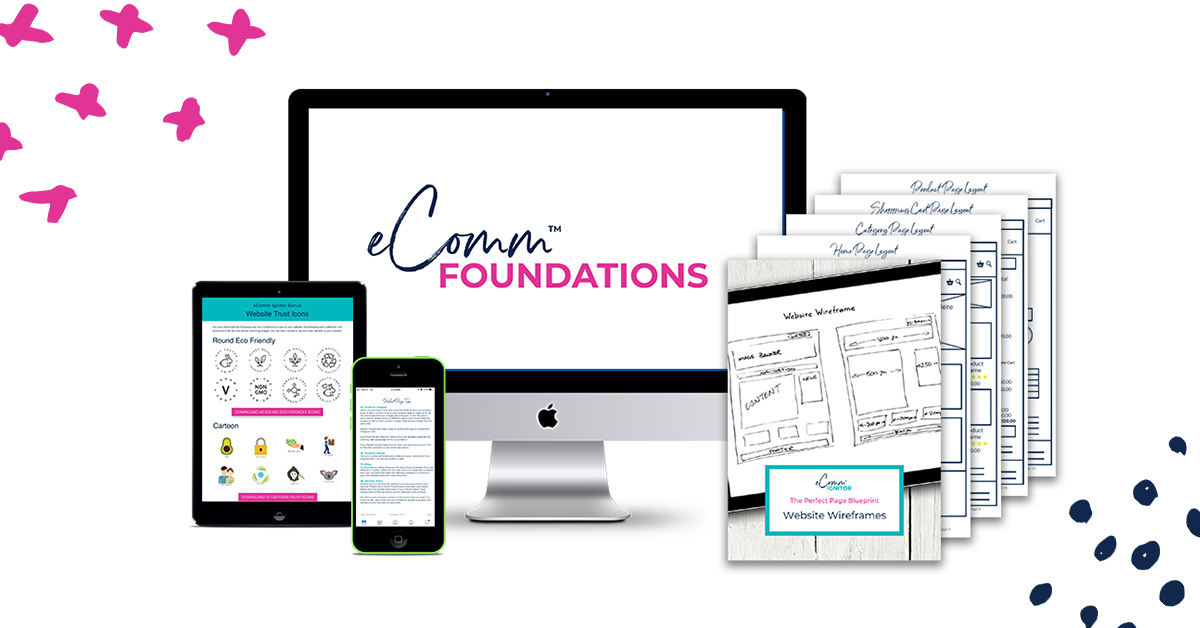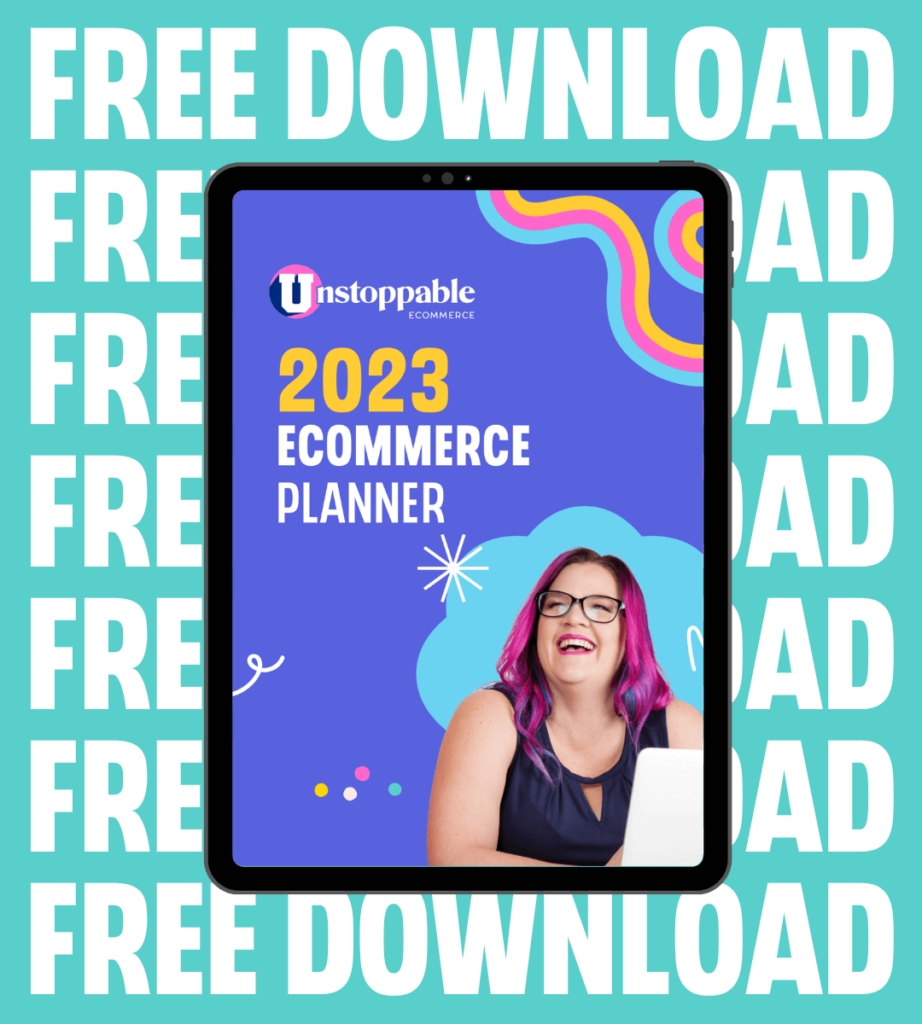There are a few policies you need to have on your website to make sure you have all the legal stuff sorted.
We can’t give you legal advice, so this is just general information. If you have any further questions, please consult a local lawyer or privacy professional.
We are going to cover the following in this article:
- Laws, regulations and standards
- Insurance
- Terms of service
- A privacy policy
- Shipping policy
- Returns policy
Mandatory product standards:
Your product may be in a category that is covered by mandatory product standards. It is compulsory to have particular safety features or information on products for legal supply of the product into the Australian market. It is an offence to supply goods that do not comply with mandatory standards and you may face a fine or penalty.
There is a range of products that come under the standards including anything, but certainly not limited to, baby and kids toys, bean bags, cosmetic labelling, Care labelling for clothing & textiles, Sunglasses, toys and the list goes on.
Check out the ACCC Product Safety Australia website for more information.
And if you sell to other countries make sure you check that you comply with their standards too.
Insurances:
Insurance is something that is specific to each situation. We recommend that you talk to a broker to see what kind of insurance you and your business need.
Here is some general information about insurances you may need to consider:
- Liability insurance and this usually covers you in case someone gets injured while using your product, no matter where they are.
- Property insurance and this usually covers the loss or damage to your physical products. It’s important to note that your existing homeowner’s policy would cover your personal items, but likely won’t cover anything related to your business. If you run your business from home, it’s important to have both aspects covered unless you could replace all of the inventory and equipment out of pocket.
- You may also need to look at transit and shipping insurance.
Again, we recommend you talk to a trusted insurance broker to see what insurances you may need.
Terms of service policy
Your website needs to have a terms of service policy. This lets anyone who visits your site know things they are and aren’t allowed to do when shopping on your site.
You need to state your terms of use in clear, simple, and easily understood language.
Your terms of service need to include terms around products, billing information, third-party tools and links, indemnity and governing law.
Now this all sounds a bit complicated but Shopify have provided a free terms of service policy generator.
Privacy policy
Your online store needs to have a privacy policy.
Online privacy is important because as an online seller, you collect and retain personal information about your customers including their name, address, email address, and possibly their credit card and other types of financial information. As the online store owner it is your responsibility to ensure this personally identifiable information is protected, and that when you collect such data you comply with federal and state privacy laws. And privacy policies are mandated by law in many countries.
Your privacy policy needs to clearly state what kind of personal information you will collect from users visiting your website, who you will share the information you collect with, and how you will use and store that information. And your privacy policy needs to be clearly accessible on your site.
You need to comply with the laws of the location that you are selling to.
Most countries have their own privacy policy and if you sell in that country you need to comply. Some of the more newly introduced laws to be aware of are:
The General Data Protection Regulation (GDPR) is the Greater Union’s data privacy law and affects you if you are based in Europe or who serve European customers.
The California Consumer Privacy Act (CCPA) is a California law that gives California residents more control over their personal information. If your website is available to California residents or you are involved in the sale of California residents’ personal information, then this law likely applies to you.
Shopify have a great whitepaper on CCPA and GDPR if you need more info on this.
We can’t give you legal advice, so this is just general information. If you have any further questions, then consult a local lawyer or privacy professional.
Shopify have a free privacy policy generator that you can access.
Refund policy
A good refund or return policy can help protect your company and win your customers’ trust, which in turn increases conversion.
We recommend having a really good returns policy. And by good, we mean good for your customer. Make it easy for them to return items. Don’t make them jump through hoops.
People are literally taking a leap of faith when they shop online. They need to trust that the product is as good as you say it is and they need to trust that they can return it if they don’t like it.
If you don’t have faith in your products why should your customers?
Sure, by having a returns policy you may have some returns to deal with, but this will be far outweighed by the increased conversion rate.
Shopify have a free refund and returns policy generator that you can access.
Shipping Policy
Another policy that you should have on your website is a shipping policy.
Customers have been burned by orders taking 6+ weeks because they unknowingly purchased from a dropshipping site. So having your shipping terms clearly stated is really important to build trust and to increase your conversion rate.
You want to let people processing times, shipping times, shipping methods and different policies for different locations or order values if you have that. You don’t have to be boring here either, you can add some flare to your shipping page by including pictures of you packing orders and how your orders look when they are sent. People love a good unboxing experience.
Spam
If you send out your marketing emails or messages, you need to know about spam laws.
If you plan to send marketing messages or emails, you must first have permission from the person who will receive them.
Even if someone else is sending out your marketing messages for you, you must still have permission from each person who will receive your messages.
After you get permission, you must ensure your message:
- identifies you as the sender
- contains your contact details
- makes it easy to unsubscribe
Getting permission
A person who gives express permission knows and accepts that they will receive marketing emails or messages from you.
People can give express permission by one of the following:
- filling in a form
- ticking a box on a website
- over the phone
- face to face
You cannot send an electronic message to ask for permission, because this is a marketing message.
Keep a record when a person gives express permission, including who gave the permission and how.
Under the Act, it’s up to you to prove that you got a person’s permission.
You may infer that a person gives permission to get your marketing messages if you can satisfy both of the following:
- they are a current customer
- the message you want to send is related to the product or service they already bought from you
For more information about spam laws in Australia check out the ACMA’s website and if you are sending to another country, be sure to comply with their spam laws.
Final word
So to make sure your website ticks all the rules, regulations and legal boxes make sure you have these elements covered:
- Laws, regulations and standards
- Insurance
- Terms of service
- A privacy policy
- Shipping policy
- Returns policy
